I am creating a plot where I want to display labels using ggrepel. I am showing a minimal example below that illustrates how the label has two components separated by a comma - first related to the type of iris flower species and the second to the sample size for that group.
# needed libraries
set.seed(123)
library(ggrepel)
# creating a dataframe with label column
(df <- iris %>%
dplyr::group_by(Species) %>%
dplyr::summarise(n = n(), mean = mean(Sepal.Length)) %>%
purrrlyr::by_row(
.d = .,
..f = ~ paste("list(~",
.$Species,
",",
.$n,
")",
sep = ""),
.collate = "rows",
.to = "label",
.labels = TRUE
))
#> # A tibble: 3 x 4
#> Species n mean label
#> <fct> <int> <dbl> <chr>
#> 1 setosa 50 5.01 list(~setosa,50)
#> 2 versicolor 50 5.94 list(~versicolor,50)
#> 3 virginica 50 6.59 list(~virginica,50)
# displaying labels
ggplot(iris, aes(Species, Sepal.Length)) +
geom_point() +
ggrepel::geom_label_repel(data = df,
aes(x = Species, y = mean, label = label),
parse = TRUE)

Created on 2018-11-17 by the reprex package (v0.2.1)
My question is how I can get rid of the space between these two components. Although I have specified sep = "" in paste() function, there is still extra space between two components that I don't want (e.g., setosa, 50, versicolor, 50, virginica, 50 labels should instead be setosa,50, versicolor,50, virginica,50).
